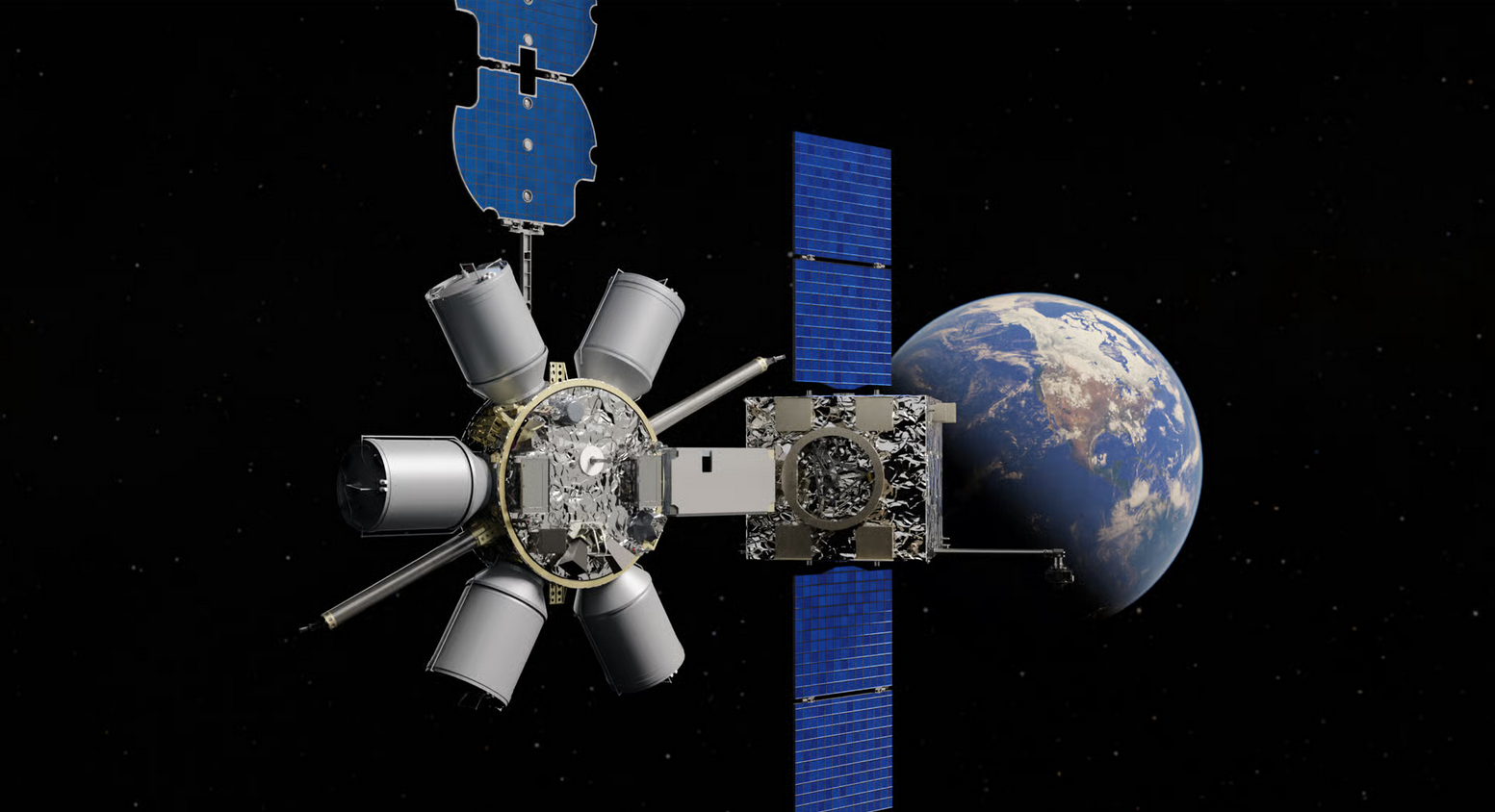The US Space Force has selected Northrop Grumman’s Passive Refueling Module (PRM) as the preferred option to establish the standard for refueling satellites in orbit, with the aim of extending their operational lifespan.
Satellites are expensive to build and launch, and engineers strive to maximize their longevity.
However, the need for propellant presents a significant challenge.
Satellites require propellant to maintain their orientation, adjust their orbits, and perform other necessary maneuvers.
Over time, this propellant is depleted, rendering the satellite inactive despite its otherwise good condition.
To address this issue, companies like Northrop Grumman are developing in-orbit servicing modules to refuel satellites and provide additional capabilities.
The Space Force is particularly interested in this technology because military satellites rely heavily on propulsion for various operations.
By standardizing refueling systems, such as the PRM, spacecraft can be equipped with compatible interfaces for docking and refueling.
The Greek “neighborhood” of Nasdaq: From Advent to FlexCar & the case of Mondee
>Related articles
This approach ensures interoperability and facilitates future missions.
The Space Systems Command (SSC) is collaborating with Northrop Grumman to develop a Geosynchronous Auxiliary Support Tanker (GAS-T) orbital tanker, further advancing in-space refueling capabilities.
Ultimately, on-orbit refueling will enable spacecraft to maneuver effectively, engage threats, avoid debris, and prolong satellite lifespan, contributing to a more resilient and sustainable space environment.
Ask me anything
Explore related questions





